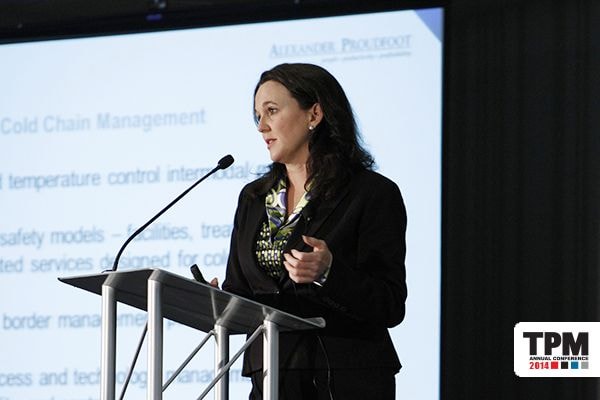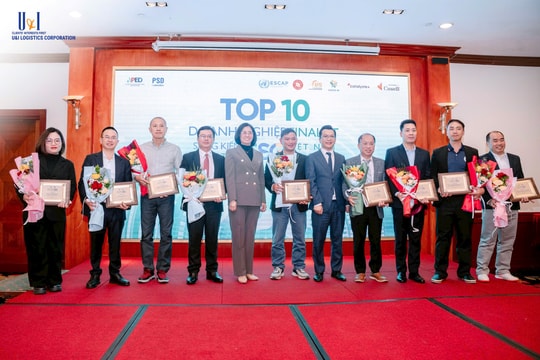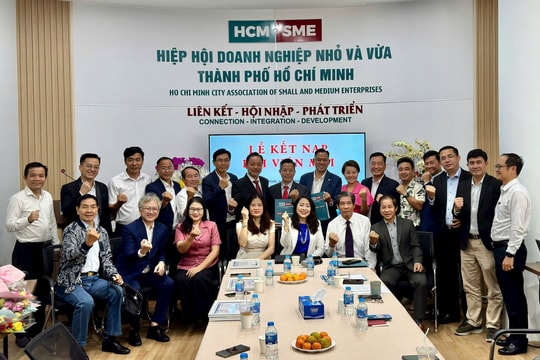
Jaymie Forrest, Alexander Proudfoot
Lenny Feldman, a managing member at the Miami office of Sandler, Travis & Rosenberg, discussed the FMSA’s new potential rule, proposed in January, that would regulate the sanitary transportation of food and apply to shippers, receivers and carriers. The rule also establishes numerous requirements in areas ranging from training to recordkeeping, as well as information exchange and the design and maintenance of vehicles and transportation equipment.
Feldman recommended that food shippers take advantage of several programs offered by U.S. Customs and Border Protection, particularly C-TPAT, the voluntary Customs-Trade Partnership Against Terrorism program. These types of “trusted trader” programs help shippers by expediting processing of their imports, he said.
Jaymie Forrest, who leads the supply chain practice at Alexander Proudfoot, prompted food shippers and transportation providers to look at the food supply chain from the retailers and consumers’ points of view. Rising demand for high quality food, coupled with longer shelf life; continuous, year-round food availability; and a desire to reduce food waste has changed the market, she said.
Forrest stressed the benefits of creating an integrated supply chain, achieved through the integration and synchronization of processes and data.
“When we integrate a supply chain, there are three areas of value to be realized,” she said. “These include quality assurance and control, logistics performance and identifying the gaps in traceability.”
The panelists also mentioned new technology developments that have improved tracking and tracing, temperature control and packaging and merchandising. They also discussed new port infrastructure models that integrate cold storage operations to reduce costs and lead time, while simultaneously improving equipment utilization.
The goal for the future is “true cold chain integrity,” Forrest said.



.png)


.png)


.png)
.png)

.png)


